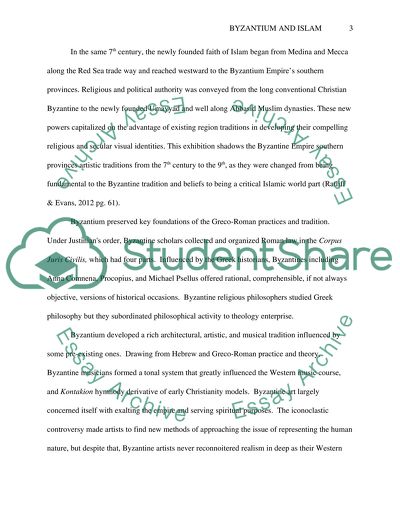Cite this document
(“Byzantium And Islam Essay Example | Topics and Well Written Essays - 1250 words”, n.d.)
Retrieved from https://studentshare.org/history/1469728-were-the-byzantine-and-islamic-systems-unique-or
Retrieved from https://studentshare.org/history/1469728-were-the-byzantine-and-islamic-systems-unique-or
(Byzantium And Islam Essay Example | Topics and Well Written Essays - 1250 Words)
https://studentshare.org/history/1469728-were-the-byzantine-and-islamic-systems-unique-or.
https://studentshare.org/history/1469728-were-the-byzantine-and-islamic-systems-unique-or.
“Byzantium And Islam Essay Example | Topics and Well Written Essays - 1250 Words”, n.d. https://studentshare.org/history/1469728-were-the-byzantine-and-islamic-systems-unique-or.


